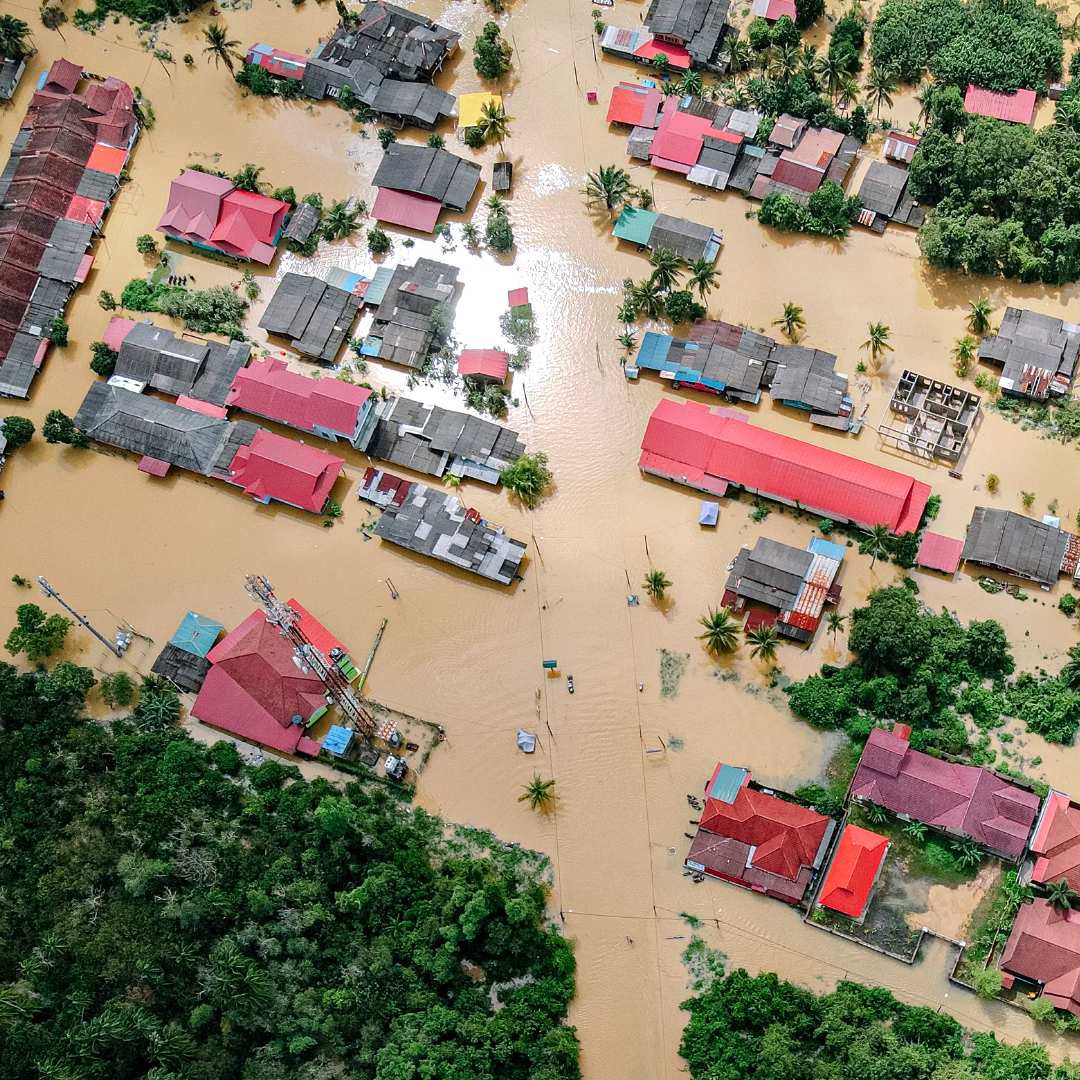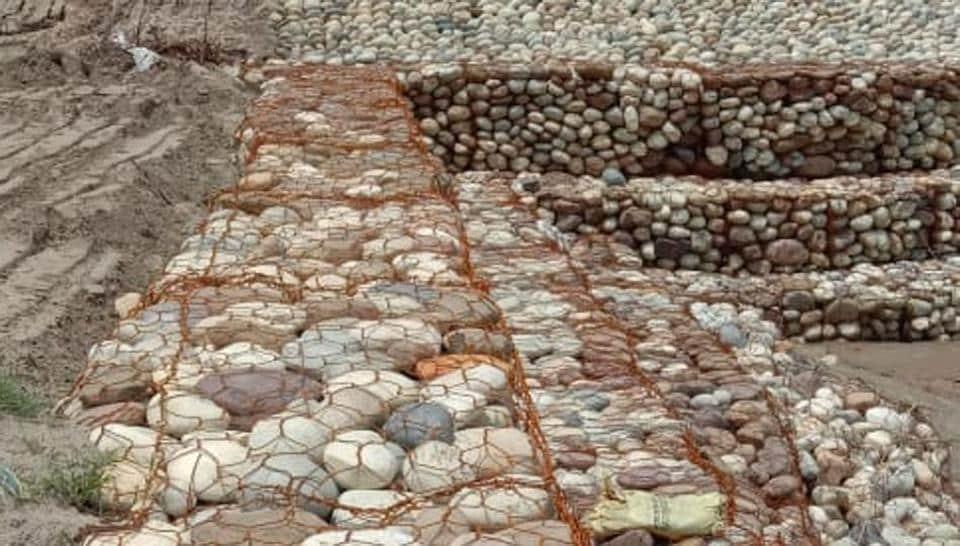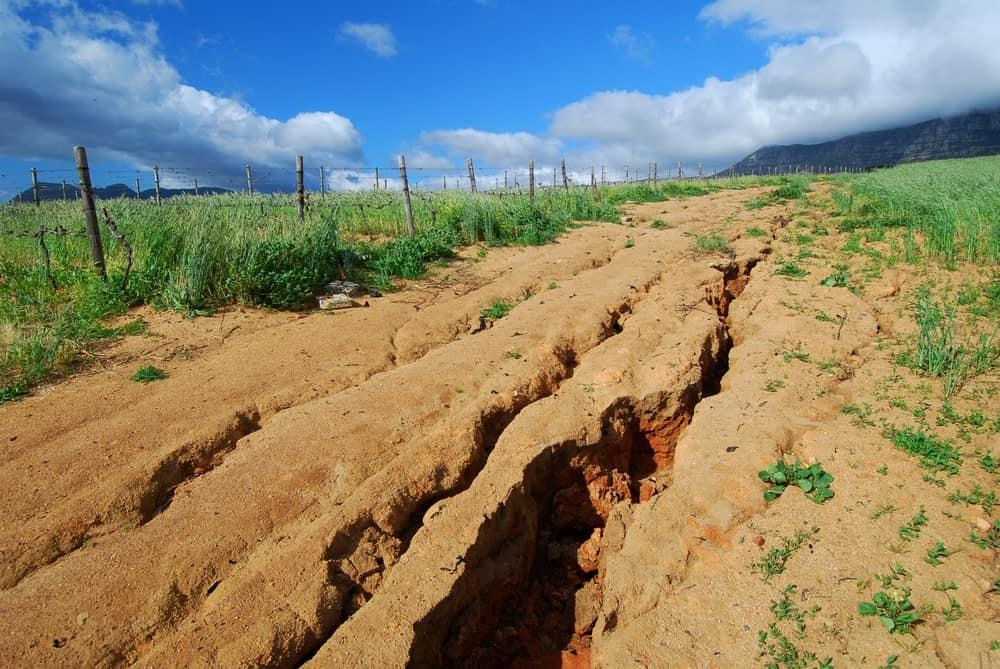How Rain Water Harvesting (RWH) reduces soil erosion and flooding ?
The act of collecting rainwater runoff from a building or other impermeable surface so that it can be stored for use later is commonly known as Rain Water Harvesting (RWH).
In many parts of the world, Rain Water Harvesting (RWH) is a common activity, and in the appropriate circumstances, it may offer a practical, affordable, and environmentally friendly source of water. In theory, Rain Water Harvesting (RWH) is a straightforward and inexpensive practice that offers numerous potential advantages while requiring little specialized knowledge or skill.
Due to sudden and unexpected rains, soil erosion becomes a fatal environmental threat around the world and a real factor in the degradation of soil fertility. Techniques like Rain Water Harvesting (RWH) increase agricultural output and soil water storage, which could lead to more efficient use of the available land.

Research forecasts food and nutritional security as the most concerning topic of the century, and feeding an additional 3 billion people by 2050 in our country will be a struggle for all of us. About 95% of the population expansion will take place in emerging or poor countries, where agriculture makes up a significant amount of the per capita GDP. The bulk, or two thirds, of the world's poorest people are among the 1.1 billion farmers who depend on agriculture for their livelihood.
According to the United Nations Environment Program (UNEP, 2014), by 2050, more than two billion people are expected to live under high water stress conditions, which will be a limiting factor for growth in many nations around the world. The main focus should be on improving rain-fed/dry land soil fertility in areas confronting climatic changes, in terms of rain and frequent floods, because water is the actual game changer, as excessive water loss limits water availability and results in the loss of important nutrients from the soil.
Soil Erosion:
To avoid soil erosion and save water, if the majority of the rain falls in one or two spells in arid regions, the majority of the rain is never saved for later use and is instead wasted. In addition to having little rain, dry areas also experience "natural leakage," in which 90% of the rain is lost either directly or indirectly and is not available for domestic or agricultural use. Many countries are on the verge of a historic water shortage. Rain Water Harvesting (RWH) entails using techniques that enhance the quantity of water stored in the soil profile by capturing or retaining the rain where it falls. It also involves capturing small amounts of precipitation as surface runoff.

Water harvesting keeps the soil wet and significantly lowers runoff. This boosts productivity and guarantees home, industrial, and agricultural needs. RWH increases the moisture content of the earth's surface. There has been an increased focus on and deployment of techniques that improve infiltration and water storage in the soil layers underneath because of the unexpected and very quick loss of water gathered through RWH due to evapo-transpiration. It is important to highlight that RWH can also be used for degraded land restoration and moisture retention. Water can be kept in the subsurface as soil moisture or groundwater as well as in artificial structures, surface reservoirs (ponds, dugouts, artificial reservoirs, large pits within or beside the compound opposite buildings), and artificial constructions.
RWH is the most effective strategy for increasing soil moisture in water-shortage zones since soil moisture conservation (recharging shallow aquifers) is the key to good productivity. Standardizing Rain Water Harvesting (RWH) practices is urgently needed to boost water production for rain-fed, self-sufficient household water demands as well as agricultural for higher yield and productivity.

Two types of systems are produced by runoff generation criteria:
a. runoff-based systems (runoff concentrated from a catchment)
b. water conservation (rainfall conserved where it falls).
Rainwater harvesting (RWH) is the intentional collection of rainwater from a surface known as a catchment and its storage in built structures or within the soil profile, allowing rain to be caught and used "near" to where it first enters the earth.
The solution to major problems such as poor productivity, soil erosion, soil degradation, high climate variability, and food insecurity is RWH. Although RWH has been used in many arid and semi-arid regions, it is crucial to maintain and recharge groundwater. The main users of RWH techniques are eco-conscious home dwellers, farmers, and other people who value the environment, especially in low moisture situations. Experiences with RWH reveal improved soil moisture, recharged groundwater, reduced runoff, and increased crop output, ensuring security in terms of nutrition and livelihood.

If Rainwater passes through the soil
The land can mostly absorb the rain that falls while it is in its natural state. Water that is absorbed by the soil refills groundwater reserves. The soil does not absorb rainwater that falls on parking lots, buildings, driveways, and roads. Instead, it drains into streams, rivers, and storm drains.
When rainwater seeps into the ground
It naturally infiltrates through exposed soil surfaces and cracks into the shallow and deep aquifer. But when there is no vegetation covering the soil, rainwater washes it away, frequently carrying with it the highest levels of biological activity and organic soil materials.
If rain water infiltrates the soil:
Infiltration of water into soil is referred to as infiltration or percolation, permeability, or hydraulic conductivity refers to the downward movement of water inside the soil.
Time to harvest rainwater:
Rain Water Harvesting (RWH) is the practise of collecting and storing rainwater as opposed to letting it flow off. Rainwater is gathered from a surface that resembles a roof and directed to a container with percolation, such as a tank, cistern, deep pit (well, shaft, or borehole), aquifer, or reservoir where it seeps down and replenishes the ground water table.
Role of collecting water collecting in home needs:
The act of collecting runoff for productive uses is the primary purpose of water harvesting. Runoff is collected and used, as opposed to being let to erode land. Water harvesting is a directly beneficial method of soil and water conservation in the semi-arid drought-prone areas where it is already practised.
Benefits of collecting rainwater:
Benefits of Rainwater Collection lowers the need for water. decreases the demand for water imports. encourages energy and water conservation. increases groundwater availability and quality.
Soil erosion, flooding, drought, and other problems can be prevented by using permaculture to build your land and by understanding where water flows through your property.
Conclusion:
The effective management of RWH techniques and concern over the prudent use of water resources have a significant chance of reducing climatic hazards in the dry Zones. In order to maximise efficiency and intake capacity, RWH performs best when combined with other management techniques like tillage, fertiliser management, weeding, time of sowing, and crop cycles. To develop and spread RWH technologies that are more efficient and economical as alternatives, as well as to design and create alternative policy instruments and social institutions that support the adoption of RWH practises, there is a need to offer training and extension services.


